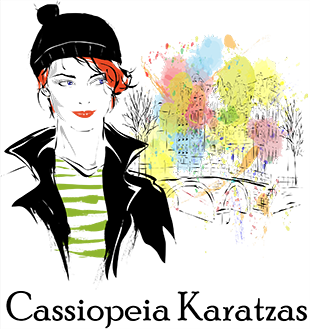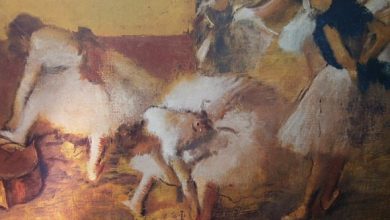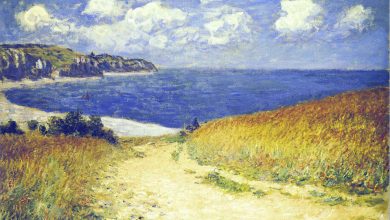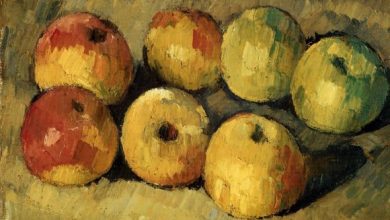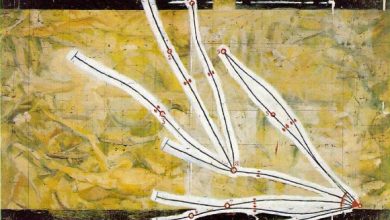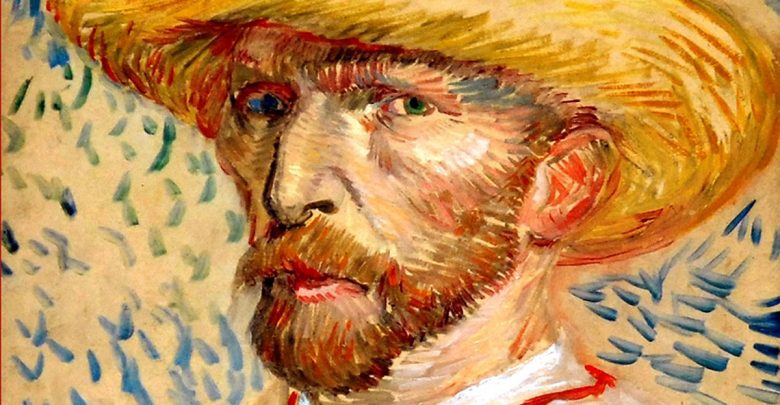
Vincent van Gogh painted over 30 self-portraits between the years 1886 and 1889. His collection of self-portraits places him among the most prolific self-portraitists of all time. Van Gogh used portrait painting as a method of introspection, a method to make money and a method of developing his skills as an artist.
When Van Gogh first began painting he used peasants as models. After this stage, he worked more on experimenting with his use of color in painting landscapes and flowers, primarily because he could not afford to pay models. He explains this in a letter to his sister Wilhelmina van Gogh in 1887,
“Of my own work I think that the picture of peasants eating potatoes I did in Nuenen is après tout the best I’ve done. But since then I’ve had no chance of getting models, though on the other hand I did have the chance to study the colour question. And if I should find models again for my figures later, then I would hope to be able to show that I am after something other than little green landscapes or flowers.”
As Van Gogh struggled to make a living as an artist he became reliant on his brother Theo and the charity of others such as Julien “Père” Tanguy, who ran the paint store that Van Gogh frequented in Paris. With their generosity of money and supplies, Van Gogh continued working as an artist and thought of portrait painting as a practical application of his talent. In a letter to his brother Theo in July of 1888 Van Gogh wrote,
“Besides, I think I have spoken the truth, but if I should succeed in replacing in goods the money spent, I should only be doing my duty. And then, something practical I can do is portrait painting.”
Van Gogh did not have money to pay models to pose for portraits nor did he have many people commissioning him to do portraits, so Van Gogh painted his own portrait. Van Gogh did not see portrait painting as merely a means to an end; he also believed that portrait painting would help him develop his skills as an artist. In a letter to his brother Theo dated September 16, 1888, Van Gogh writes about a self-portrait he painted and dedicated to his friend and fellow artist Paul Gauguin,
“The third picture this week is a portrait of myself, almost colourless, in ashen tones against a background of pale veronese green.
Van Gogh’s Self-Portrait with Bandaged Ear is one of his more interesting and popular self-portraits. Painted in January of 1889 just weeks after a portion of Van Gogh’s ear was cut off; the portrait shows him from a slight angle in a room of the Yellow House wearing a green overcoat and a fur-lined winter cap. His right ear is bandaged in the portrait though in reality the wound was to his left ear; the discrepancy is due to his painting while looking at a mirror image.
I purposely bought a mirror good enough to enable me to work from my image in default of a model, because if I can manage to paint the colouring of my own head, which is not to be done without some difficulty, I shall likewise be able to paint the heads of other good souls, men and women.”
Van Gogh Self Portraits In addition to Gauguin, Van Gogh also exchanged self-portraits with artist Émile Bernard. After receiving a letter from Bernard and Gauguin with their self-portraits enclosed, Van Gogh responded to Bernard encouraging portrait painting believing that portraits would always be in demand writing the following to Bernard,
“I strongly urge you to study portrait painting, do as many portraits as you can and don’t flag. We must win the public over later on by means of the portrait; in my opinion it is the thing of the future.”
Source: www.vangoghgallery.com
